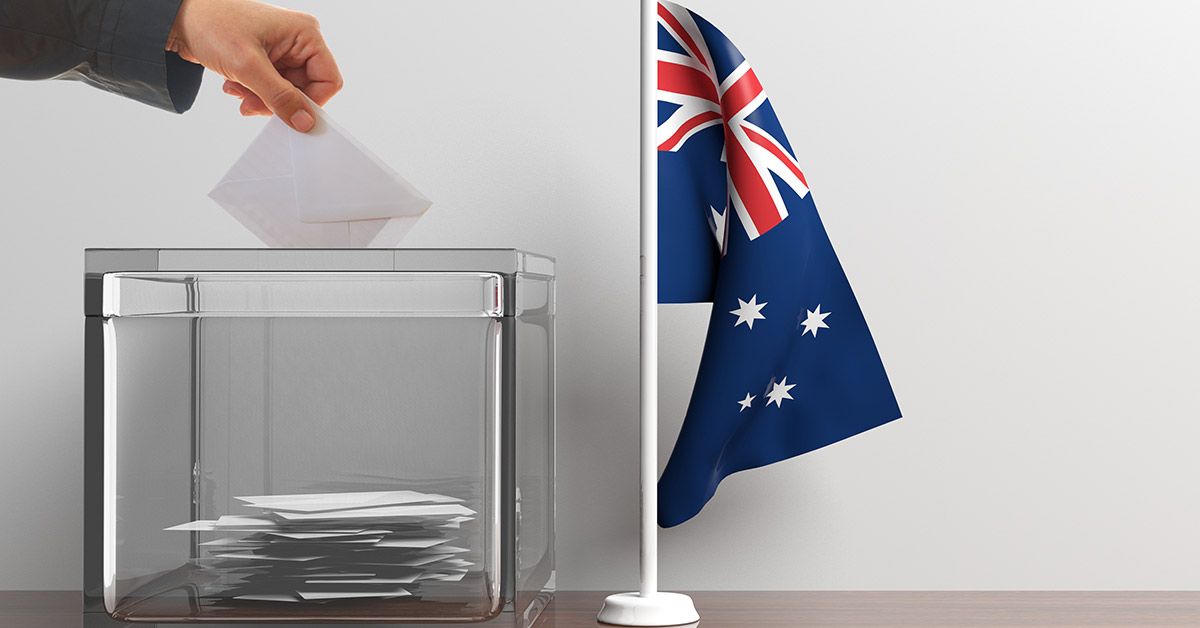
Why data not anecdotes matter – election spin versus cold hard reality
So much of our decision making is made based on firmly held beliefs and stories we have absorbed in our lifetimes. Generally referred to as 'System one thinking' – this is fast, emotional, and generally unconscious. It is a type of thinking that is very useful for making day to day decisions like what to wear, what to have for lunch or how to get to work. However, this type of thinking is inherently flawed and full of bias.
For bigger decisions, we should be doing 'System two thinking', which is slow, logical, and conscious. It is easy to for business leaders and line managers to fall into the trap of what they think they know but, with data, everyone should take the time to truly analyse and understand their business better.
Media storytelling and the facts
An interesting and timely example of this dichotomy is the modern approach to elections, political spin, and media storytelling. Choosing your next government, one would think should most likely fall into type two decision making – but does it really?
In Australia, the long-running narrative by the Liberal Party (the equivalent of the Republican party) is that they are better managers of the economy than the Labor Party (the Democrats). This has been part of their campaign for every election in recent times. However, there has been no data to support this claim and yet it has seeped into mainstream media and popular consciousness as truth. So, let’s test that truth with some data.
What is the best basis to judge the economic performance of a government? The go-to metric would have to be the per capita Gross Domestic Product of the nation (GDP). However, you could also argue that a commodities-based economy like Australia’s is impacted by the ups and downs of the global economy. To account for this, instead of taking the raw GDP or growth, you can use Australia’s OECD per capita GDP rank.
So, if we have a government that is doing an exceptional job, we should get better by world standards and beat other countries and, conversely, slip down the rankings if our government does not perform exceptionally well. Our rank tells us that as individuals are we getting richer or poorer versus members of other OECD nations.
Let’s look at the data…
This chart shows a few things. First, our per capita GDP growth rate – which shows a pretty healthy growth rate over the last few decades. The second line is our ranking – and we see some significant changes in that over time – higher is good. Lastly, we have a colour bar to indicate the government in power that year – Liberal or Labor. (For partial years – change of government – we have rounded the year up by party).
Australia's OECD Ranking and GDP Growth Over Time
What does the data tell us?
Round 1
From the 1970s to the mid-80s, we saw Australia’s per capita wealth fall compared to other countries. The predominant party in power over this period was the Liberals.
– Loss to Liberals
Round 2
From the mid-80s to the mid-90s the Labor Hawke/Keating government was in power. After an initial rise, there was a dramatic fall in rankings followed by years of improvement. It was during this time that Australia had the famous “recession we had to have” in conjunction with massive economic reforms such as floating of the dollar and opening up of the banking system. The result, the Labor Party left us where they started in the rankings but did set up the conditions for three decades of continual economic growth.
– a win to Labor
Round 3
The Howard years. The Liberal Party introduced the GST and reaped the benefits of the economic reforms of the Labor government. In addition, from 2000 onwards, the super cycle of the commodities boom created enormous wealth for Australia.
– Round 3 to the Liberals
Round 4
In 2007, Labor returns to power with the Rudd/Gillard governments. Kevin Rudd is barely in the hot seat when the Global Financial crisis hits. His decision to take a leaf out of the Keynesian economics playbook and spend big pays off. Australia dodges a recession and our rankings grow.
- A win to Labor
Round 5
During the Abbott, Turnbull, and Morrison Liberal Government, Australia’s global ranking declines.
- Round 5 Loss to the Liberals.
As a lover of good government and a strong and healthy economy, this data has to make you question the prevailing thinking that the Liberal party does it better. If not telling us the exact opposite – that Australia’s economy generally improves under a Labor government - the data certainly does not support that the Liberal party is better for the economy than their Labor counterparts. Unearthing findings like this are the advantages of System 2 thinking.